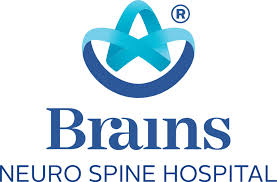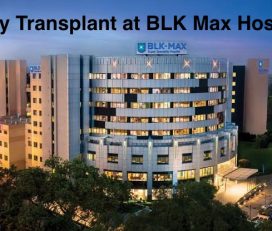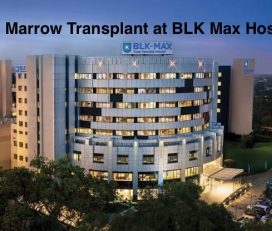What Is the Procedure Of Stem Cell Therapy For Spinal Cord Injury?
Treatment using Stem Cells The use of stem cells to treat spinal cord injuries holds a lot of promise. In animal models and people, much research on stem cell therapy for spinal cord damage has been undertaken. For spinal cord treatment, it focuses on restoring lost or injured cells and stimulating axonal development and remyelination of axons. The cells move to the damage site and begin the healing process. They secrete trophic substances in order to slow neuronal degeneration and promote angiogenesis. These substances also stimulate dormant cells, causing them to migrate to the wounded area.
The development of functioning neural circuits facilitating functional recovery has been established in experimental models of stem cell treatment for spinal cord injury. They also influence the immunological response following a spinal cord injury, trigger the breakdown of inhibitory scars inside the spinal cord, and remove cell debris while protecting neurons.
Treatment for a spinal cord injury within six months of the accident reduces the chance of inflammation. Stem cell therapy for spinal cord injury promotes neuroprotection and neurodegeneration, allowing for the production of new synapses and axonal sprouting, which aids in the development of new neurons. In some situations of spinal cord damage, we use stem cell therapy to promote the growth of the underlying tissues through angiogenesis and neuroprotection.
An action potential is formed when the latent source of the cells rapidly rises and falls, resulting in the repair and renewal of cells such as neurons and glial cells, which convey electrochemical impulses through stem cell therapy for spinal cord damage. The cells transmit information between the brain and the spinal cord and act as bearers of that information. It also aids in the regeneration of the myelin sheath and increases the speed with which nerves transmit information. Neurotrophic factors, cytokines, and other chemicals are released to renew cell tissues and build blood supply. All of these elements contribute to the development of a new structural arrangement for younger nerve cells in the injured area.




















